
Just about each of us have our favorite Christmas carol. That tune we hum along to, that means to us it is now officially Christmas time. What were the tunes that lifted the spirits of the men, women and, children suffering through the hardships of the Civil War? Even in these challenging times, there was indeed Santa Claus. And everyone enjoyed bringing in evergreen boughs to deck their halls. Churches emphasized on the reason for the season, with nativity displays and special candlelight services. And in some States during the 19th century, it was actually illegal to have any other type of Christmas celebration other than the birth of Christ. However, during our nation’s most difficult time of separation and bloodshed, simple Christmas celebrations, with song, food, drinks and, cheer were not focused on the nativity story, so much as focused on unity and fellowship were happening in every state, even in those where it was against the law.

A man by the name of Thomas Nast, immigrated to the United States with his parents from Germany at the age of six. He was an artist, and had worked himself into a position of being a sketch artist for Harper’s Weekly and New York Illustrated News by the time the war started in 1861. Thomas, growing up in a German household, cherished Christmas. Many of the Christmas traditions we hold so dearly, in the United States today, were brought to us by our German immigrants. As the first wartime Christmas approached, Thomas began sketching for his newspaper articles. He already had earned himself the title and reputation of being “the father of the American cartoon”. President Lincoln referred to Thomas as “our best recruiting sergeant” for all of his propaganda artwork and articles that ran in the papers to inspire a nation of young men to do their patriotic duty. Thomas strongly felt the spirit of Christmas, and began sketching pictures of Santa Claus handing out presents to Union Soldiers. He also highlighted the hardships of war with a sketch of a husband and wife separated by this war. Although his typical Union perspective in his sketches had made him so famous, his heart started to go out to the South. What was their Christmas like? The vast majority of battles in this war had taken place in the South. Newspapers had already run articles about the devastation of the Southern lands and farms, along with the plight of women and children suffering the robust tragedies of war. Then in July of 1863, a large-scale battle took place here on Northern soil, and the town of Gettysburg was raked over the coals by war. So strongly did all of this fall upon Thomas’ heart, that as Christmas approached, he began sketching different artwork. He depicted Santa feeling frustrated at the Union blockade making it impossible, for him to reach the families of the South. Thomas sketched a fantastical Christmas Celebration where Lincoln invites Confederates to a holiday party. He even showed a soldier’s dream of returning home for Christmas and taking a break from the War.
As the “best recruiting sergeant” started feeling and showing sympathy for the South, during the holiday season, the fighting men were finding time to take a break from shooting at one another, and share holiday cheer across their man made battle lines. On these deadly battlefields, soldiers in blue and gray were gathering in churches, trimming trees, singing songs and breaking bread together. The spirit of Christmas, not necessarily midnight, candlelit services, but just the simple spirit of Christmas was bringing fighting men together, putting aside their differences. Enemies socializing, sharing goodwill and peace on Earth, brother to brother. No one seemed to care about laws and protocols. Christmas during the Civil War was a gift of hope, and a time to forget the tragedy and take a breath of fresh air while sharing a kindred light in the darkness.

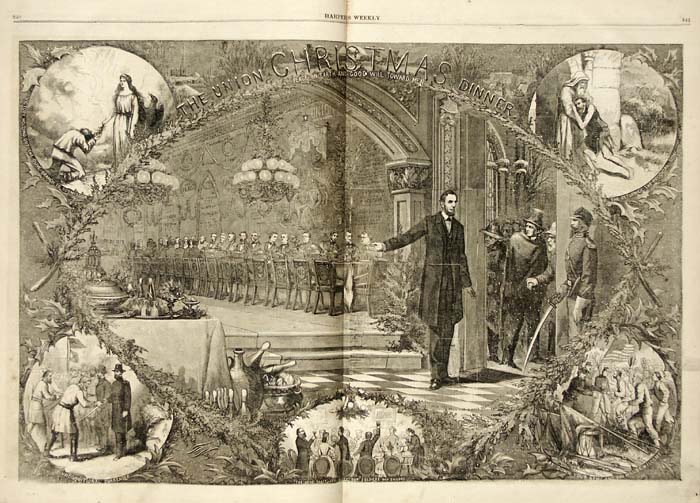
Songs such as, Hark the Harold Angels Sing, O Come All Ye Faithful, were hymns sang at Christmas time in church services North and South. Those “illegal” non religious classics, Up on the Housetop, and Deck the Halls were also secret favorites that added to the Christmas spirit of the 19th century America. Most all songs, before they are put to music and sang, are written originally as a poem. Henry Wadsworth Longfellow, a very noteworthy poet of the United States, had already spent so many years writing before the War broke out. As wartime approached, like Thomas Nast, he used his creative ability in writing to draft many poems on the topic of abolition. He also penned poems aimed at inspiring a nation to join the Federal forces and fight to preserve a Union, and have all men be equal. The Longfellow family would not only suffer the tragedy of war, but also personal tragedy. Henry’s wife had a fatal accident which took her life, and not long after her death his son left home to join the war. Henry fell into his own personal darkness, and his writing desk collected dust as he felt no inspiration for words, and could barely find the strength to comfort his children, and desperately feared the potential loss of a son on the battlefield.
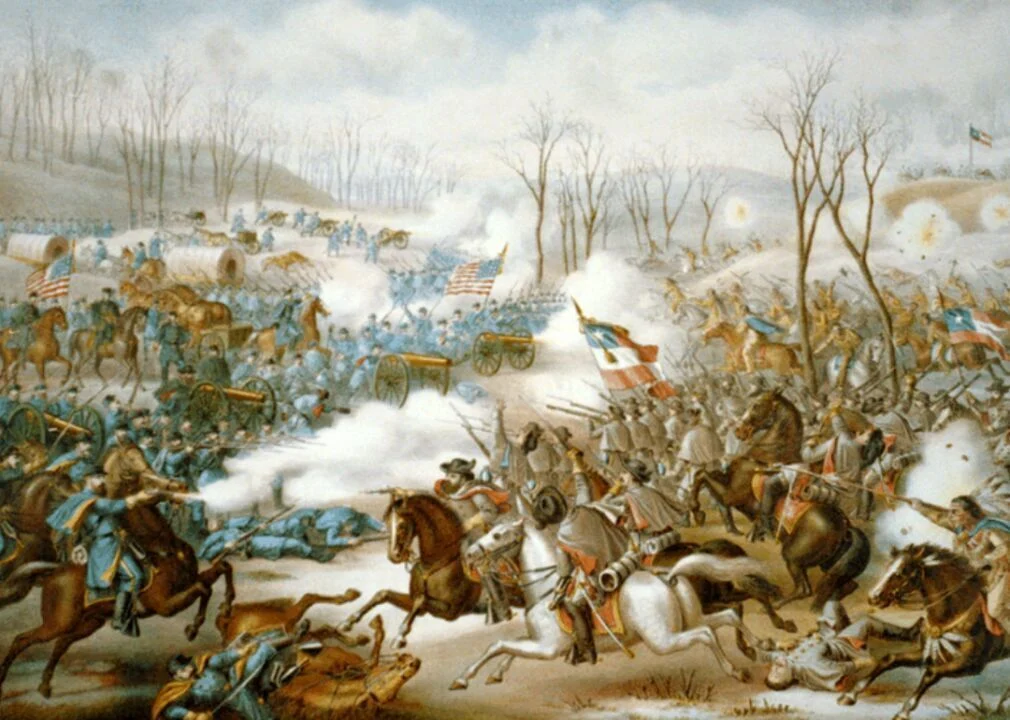

When his son is gravely wounded in battle, Henry goes to all ends of the earth to bring his son home for care and rehabilitation. And in December 1863, as his son lays at death’s door, Henry is remarkably overcome by the spirit of Christmas! Striking him hard, the words came to him, that this time of year there should be “hope” “cheer” “happiness” “peace on earth, and good will to men.” Yet, it would seem that, there is no peace on earth. His children had already lost their mother, and now they could lose their brother. Henry has not felt such a power within him to put words to paper, since his wife’s passing. Now, as he watches his son struggle for life, at this desperate Christmas time, he begins to write. The words begin to flow, “I heard the bells on Christmas day” as he listens to bells from his home church, just down the street, resonate outside his library window. Lighting a candle, in the evening hours, as darkness falls across his desk, and the words continue to flow, “there is no peace on earth I said”. Peace is proclaimed in the Holy Bible, it is to come from God. At the time of Jesus’ birth, there is to be good will toward men, peace on earth, the words documented in the Holiest of books, this time of year, proclaimed by the angel. Yet look at the world today, raked over by war and tragedy, a wife and mother gone forever. How, HOW is there peace on earth? “God is not dead, nor does He sleep!” As the bells continued to ring, as tears of joy and pain came to Henry’s face mixed together in one salty dripping drop, even in the hardest darkest of times, there are the bells. Hearing the bells ringing, how can you not feel Christmas? How can you not believe or understand that there is hope, there is light, there is peace on earth good will to men?
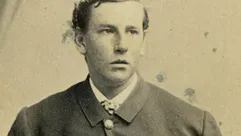

Written in 1863, and published in 1865, “I Heard the Bells” is now one of America’s favorite Christmas carols. As is the not so illegal practice of Christmas parties, tree trimming, and gift exchanges. Many hold the religious values that Christmas brings, as do many only celebrate with parties and cookies and choose not to add religion to their holiday. And many more blend both Jesus’ birth and Santa Claus together in their family gatherings. The American Christmas tradition was greatly impacted by the Civil War and it’s inherent tragedy. Men who went against the laws of modern etiquette and the rules of war, along with the poets’ and songsmiths’ words so greatly impacted the nation, and the world beyond. Sketches that brought a visual to life, of what the spirit of Christmas means. We have all had a personal moment with the spirit of Christmas. Each of us, old and young, can reflect and remember that day when we heard our own “bells of Christmas” ringing that changed our lives forever, and altered our perspective of the world. We each somewhere in our lives, have experienced that day of seeing the Christmas poster, sketch or card that struck us to our very core, and challenged what we believe and why we believe it. Christmas can be religious or non-religious or a happy combination of both. But for everyone in the world Christmas has its very own spirit that will affect us great and small. I personally don’t find that it’s a coincidence that Christmas falls at the end of the calendar year. As Christmas reaches out and grabs hold of each of us at the end of the year, and the bleak midwinter approaches, and a new year begins, Christmas spirit floods the world and reminds us that there still is hope and peace on earth, and good will toward men.

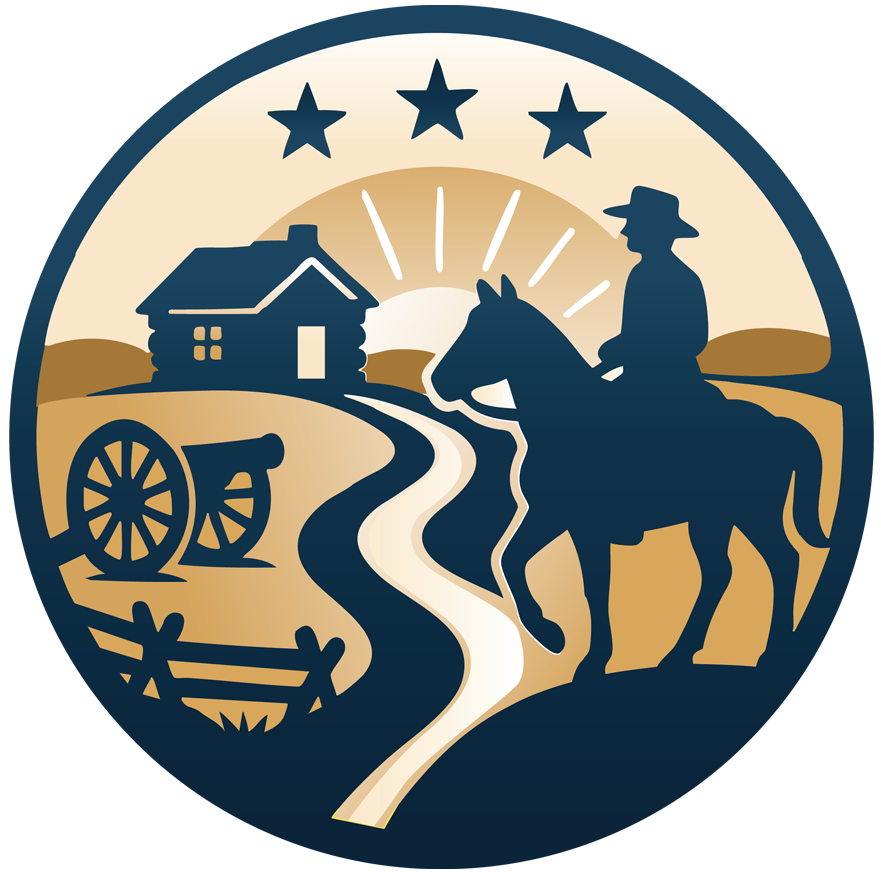

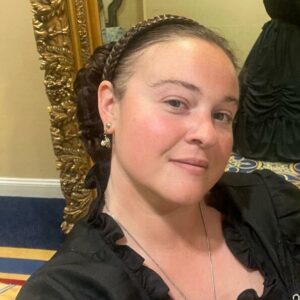



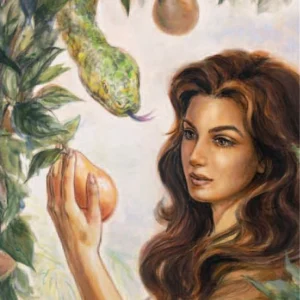

Leave a Reply